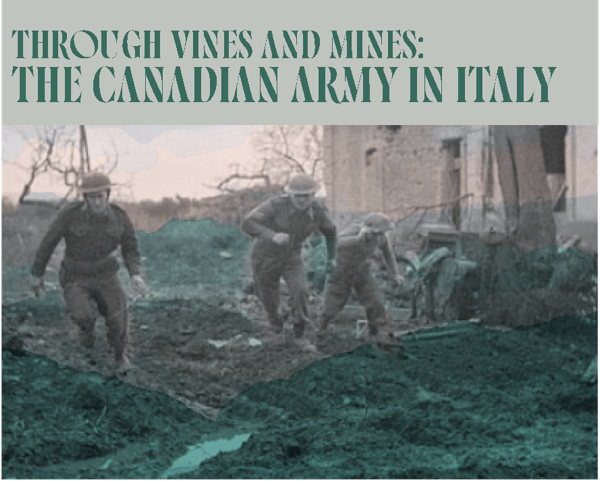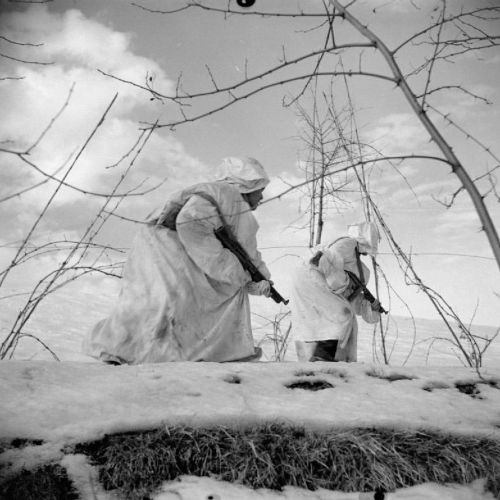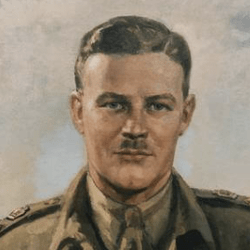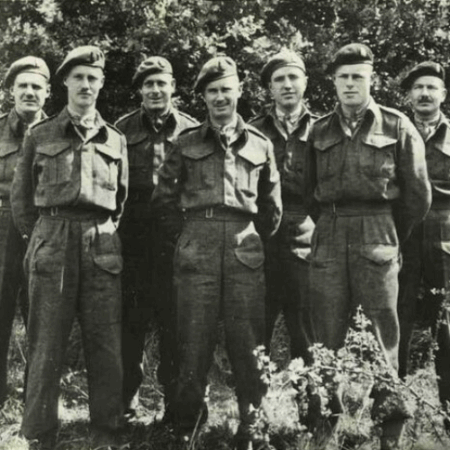The Allied armies mobilized during the Italian campaign (1943-45) were as diverse as they were numerous. Fighting alongside the American, British and Canadian armies were, indeed, units from four different continents. From colonial armies to small expeditionary corps, thousands of men volunteered to fight fascism. This article presents an overview of four non-Canadian corps during the campaign: the British Indian Army, the Polish Army in the West, the Brazilian Expeditionary Force and the French Expeditionary Corps.
After a successful operation in Sicily from June to August 1943, the Italian campaign got underway in September 1943, when the Allied armies landed on the southern coast of the peninsula and came face to face with German forces. The campaign was a long one, mobilizing an incredible number of soldiers to dislodge the enemy defenders. In fact, for many months until the end of the war in August 1945, elements of the Brazilian, French, Indian and Polish armies participated alongside the Americans, British and Canadians.
During operations, the Allies are divided into two separate armies: an American army and a British army. Attached to these, the Foreign Corps joined the operations and received their orders from the American and British commanders. These included the Brazilian Expeditionary Force, which joined the American army, and the Polish Armed Forces in the West, which accompanied the British. The British also mobilized several colonial troops from the Middle East and British India, who had accompanied them since the North African campaign (June 1940 to May 1943). Finally, it is also important to include the participation of the French Expeditionary Corps during the campaign, which included several soldiers from the North African colonies.
We are honouring the contributions of four foreign forces who are accompanying Canadians and the Allies on the peninsula. Coming from four different continents, working in three different armies and with equally contrasting motivations, the four forces have at least one thing in common: they fought relentlessly against Nazi and Fascist forces in Italy. From the start of the invasion to the end of the conflict, the Indians, the Sikhs, the Polish, the Brazilians, the Frenches and the Goumiers were important pillars of the Allied strategy to liberate the Italian peninsula.
The British Indian Army
The Indian Army was certainly a major force throughout the Second World War. Acting as part of the British Army, several divisions were first deployed in Africa and the Middle East, before being transferred to Italy. Unlike the majority of American and Canadian troops deployed on the peninsula, Indian troops were often experienced combatants, already veterans of several campaigns. For example, the 4th Indian Infantry Division, nicknamed the “Red Eagle” division, was active at the front as early as 1940, with operations in Libya, Egypt, Sudan and Eritrea, before being sent to Syria and Lebanon.
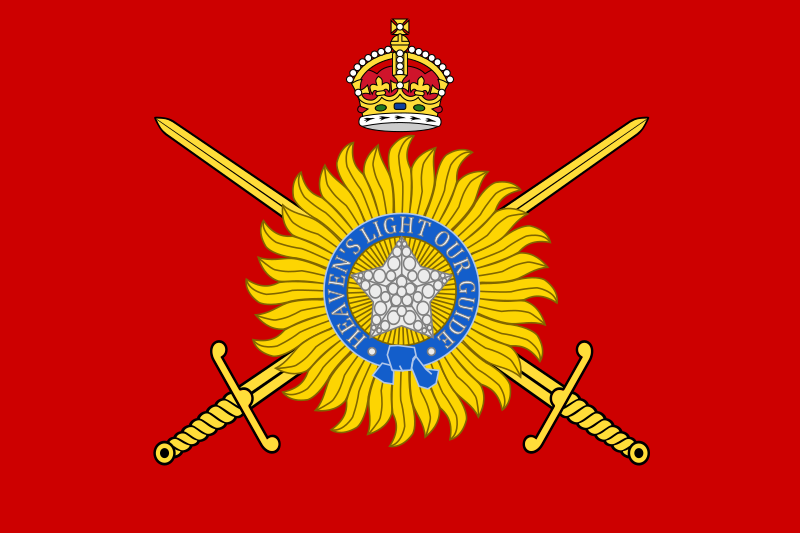
The first Indian soldiers landed in Italy on September 24, 1943. The soldiers of the 8th Infantry Division took part in the breakthrough in the east of the peninsula. For almost two years, Indian soldiers advanced continuously through enemy territory, crossing rivers and mountains to liberate the territory. In many of these operations, Indian troops worked in conjunction with Canadian soldiers. As it advanced towards the Gothic Line, the 8th Division was frequently covered by the tank fire of the 1st Canadian Armoured Brigade, for example. On another case, the 10th Indian Infantry Division, who arrived in Italy on March 9, 1944, was tasked with relieving Canadian troops in the Ortona region.

Several elements of the Indian army also took part in the famous battle of Monte Cassino – which saw the liberation of Rome by the Allies. Begun in January 1944, this was a particularly long battle. As a matter of fact, the 4th Indian Infantry Division was mobilized in February 1944 to relieve the first wave of the assault. For several months, several Indian units assaulted German positions, suffering heavy losses in the process. In the end, Indian forces fought at Monte Cassino until its conclusion.
The battle of Monte Cassino, and the subsequent liberation of Rome, was not the final denouement of the campaign, and Indian troops remained in Italy for a long time to come. Indeed, as the war moved to other fronts, notably with the Normandy landings a few months later, many troops were mobilized elsewhere. As a result, several Indian Army units took part in the final battles on the peninsula, and stayed until the end.
Left: The 6th Gurkha Rifles were heavily mobilized during the Second World War, taking part in the offensive against the Gothic Line. On September 8, 1944, the unit was near San Clemente. This photo shows soldiers inspecting a German anti-tank gun.
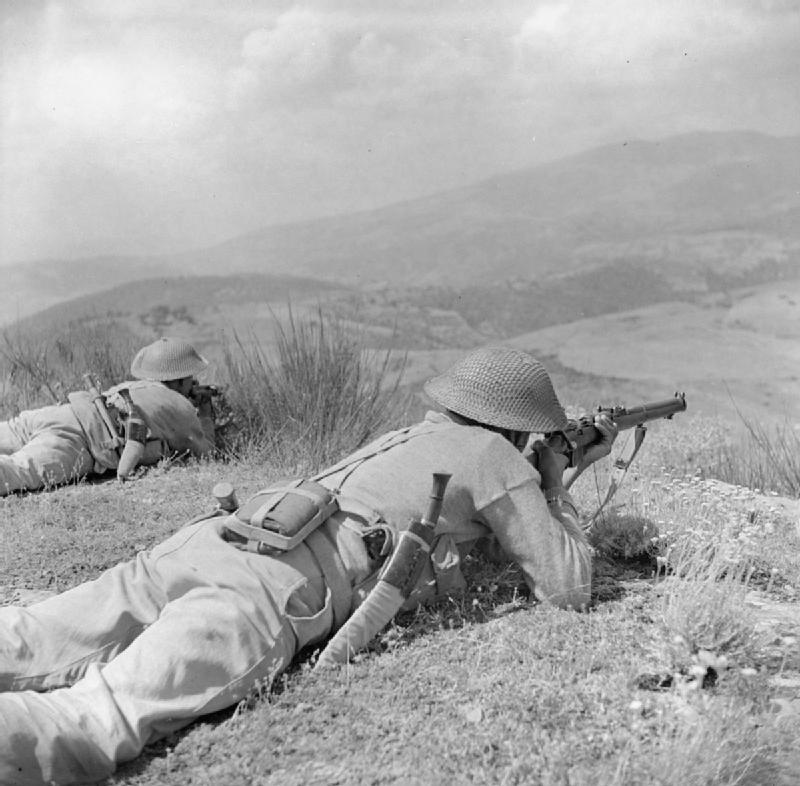


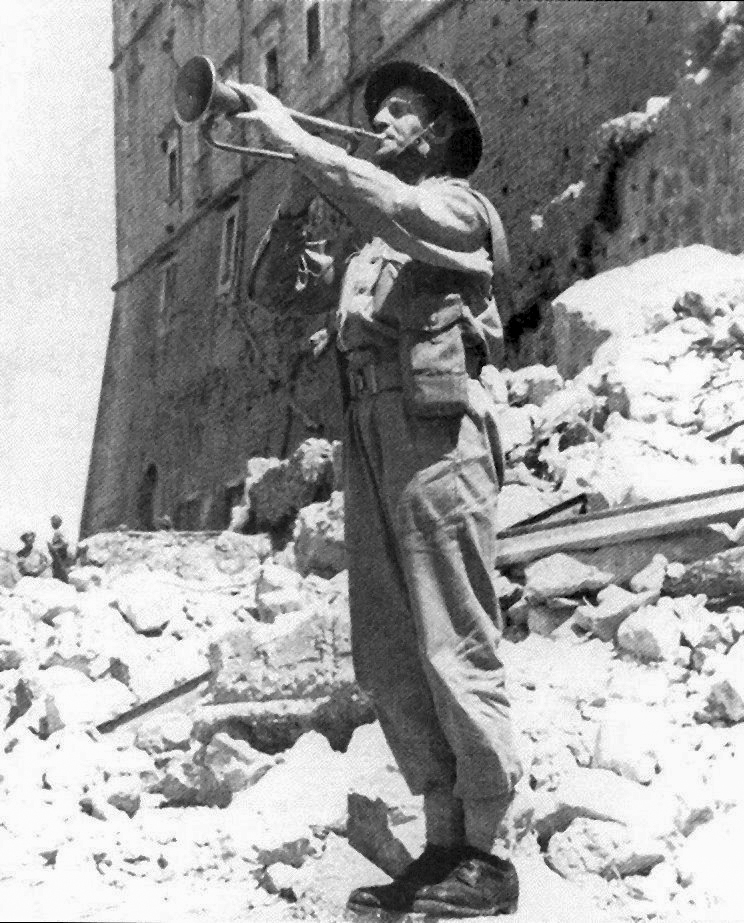
The Polish Army in the West
History often tends to overshadow Poland’s military participation in the war. While its invasion by Nazi Germany is widely recognized as the event that triggered the conflict, very few people know that the Polish Army continued to fight throughout the rest of the war. Indeed, after taking part in its own way in the famous Dieppe Raid, several elements of the Polish Army of the West later found themselves in Italy.
The Polish Army of the West was formed immediately after the occupation of Poland by Nazi Germany and the exile of its government. Initially placed under the command of the French Army, the Polish forces were later reorganized under the British Army after the surrender of France in June 1940. The Polish Army then comprised three branches: navy, air force and army. While the first two were largely mobilized in the early years of the war, it was the army that constituted the main Polish force during the Italian Campaign.
In February 1944, the 2nd Polish Corps was sent to Italy to support the British and Canadians on the eastern flank of the peninsula. Formed the previous year, the 2nd Corps was mainly made up of experienced soldiers, veterans of fighting in Africa and the Middle East. By the time they arrived, the Polish presence in Italy had grown to over 50,000 soldiers… and a bear.

In Italy, the Polish Army particularly distinguished itself at the Battle of Monte Cassino. By this stage of the war, the battle had been underway since January 17, 1944, and the Germans were refusing to cede ground to the Allies. On May 11, 1944, Operation Diadem was launched in coordination with the American, British, Canadian, French and Polish armies, with the aim of dislodging the German defenders once and for all and opening a passage to Rome. During the battle, the 2nd Corps was tasked with capturing Monte Cassino. The fighting was extremely intense, and the Poles suffered heavy losses. At one point, the fighting even turned to hand-to-hand combat. Finally, after fierce fighting on May 17, the Germans were expelled from their position and the few remaining Polish soldiers captured the mountain. For the Poles, the battle came to a close the following day, when they captured the ruins of the Cassino monastery and the few German soldiers inside. It was a major capture, celebrated by the hoisting of the British and Polish flags.
Although the battle of Monte Cassino ended in victory, it came at a heavy price for the 2nd Corps, with a total of 3,885 casualties and 1,179 soldiers killed. Despite these sacrifices, the Poles remained committed until the end of the campaign, taking part in the autumn offensive and capturing the city of Bologna on April 21, 1945.
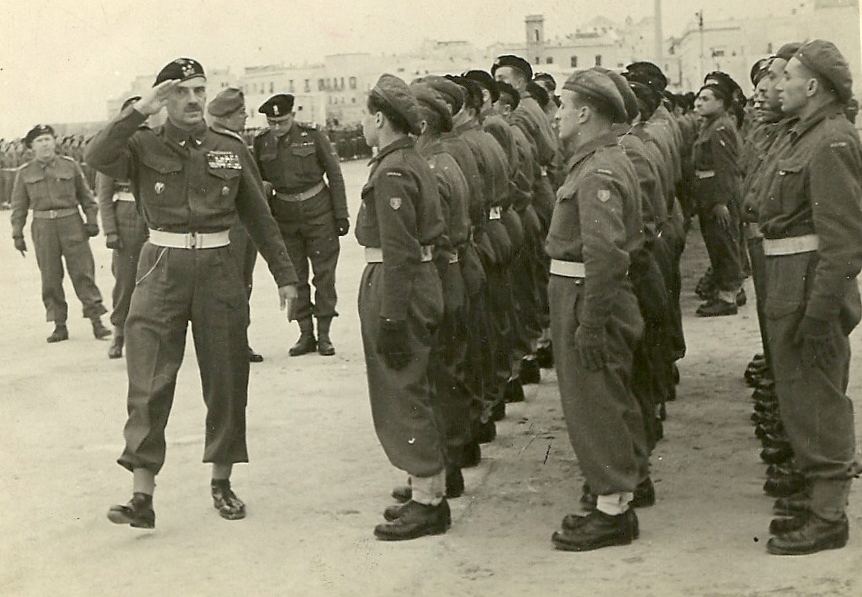
The Brazilian Expeditionary Force
It’s unfortunate that, despite its important contribution in Italy, Brazil’s participation as an Allied nation is frequently forgotten. It wasn’t until August 1942 that the Brazilian government declared war on the Axis. At that point, the United States attempted to bring the Latin American nations under its umbrella, so as to limit the influence of Germany and its allies on the continent – particularly in terms of transport and trade. In response, the German and Italian navies attacked Brazilian ships, sinking 36 of them and causing almost 2,000 casualties! In fact, in the early years, Brazil’s involvement was mainly at sea, escorting Allied commercial vessels and attacking enemy submarines close to their waters.
Apart from the navy, the Italian campaign was the most important operation for Brazil. The Brazilian Expeditionary Force arrived on the peninsula on July 16, 1944. In all, Brazilian troops accounted for some 26,000 additional troops at the front. This was a substantial addition to a campaign that was still underway, and which saw many of its troops relocated elsewhere. Indeed, their arrival meant that several elements of the American army (including the 1st Special Service Detachment) could be transferred elsewhere in Europe.
Under the command of the U.S. Army, the Expeditionary Force fought several successful battles along the west coast and in the northern region of the peninsula. After more than 10 consecutive months of fighting, the last major engagement for the Brazilians was the Battle of Collecchio, fought from April 26 to 29, 1945. At this point in the war, the German army was almost routed, and the town of Collecchio was an opportunity for them to regroup and lead a counter-offensive against the Allies. The Allies surrounded the town, but the Brazilian soldiers soon succeeded in capturing the church and using it as an observation post. In the days that followed, German soldiers made strenuous attempts to dislodge the Brazilians, but each attack was thwarted. Finally, faced with the impossibility of retaliating properly and the imminent fall of the Nazi regime, the German generals ordered a complete surrender and capitulated to the Brazilians, precipitating the end of the Italian campaign.
Right: Brazilian soldiers in position in a trench during the battle of Montese, April 1945. Part of the larger battle of Collecchio, which marked the surrender of the German army in Italy, the fighting at Montese lasted four days and was aimed at recapturing the town of the same name.
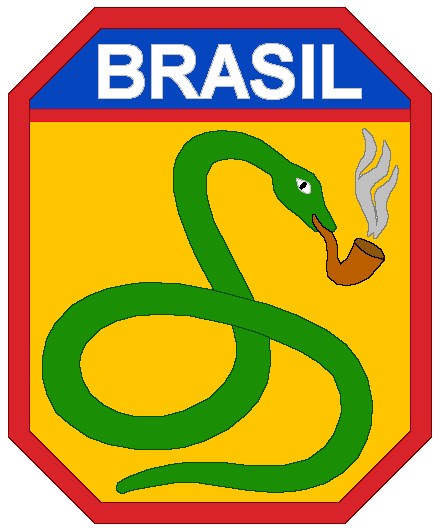

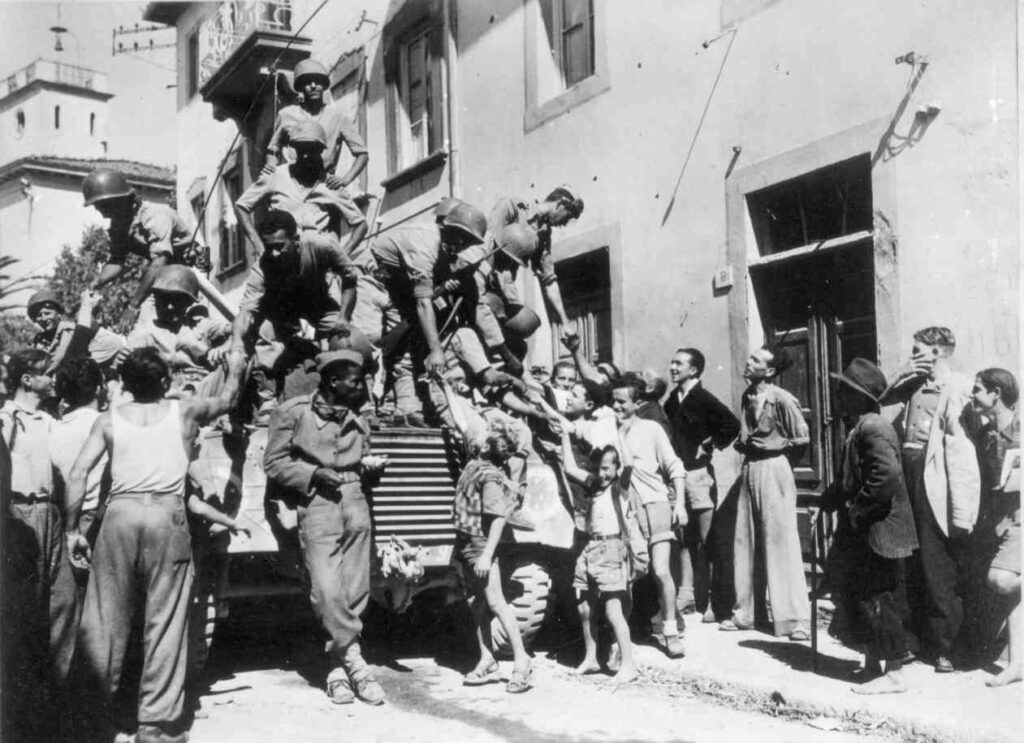
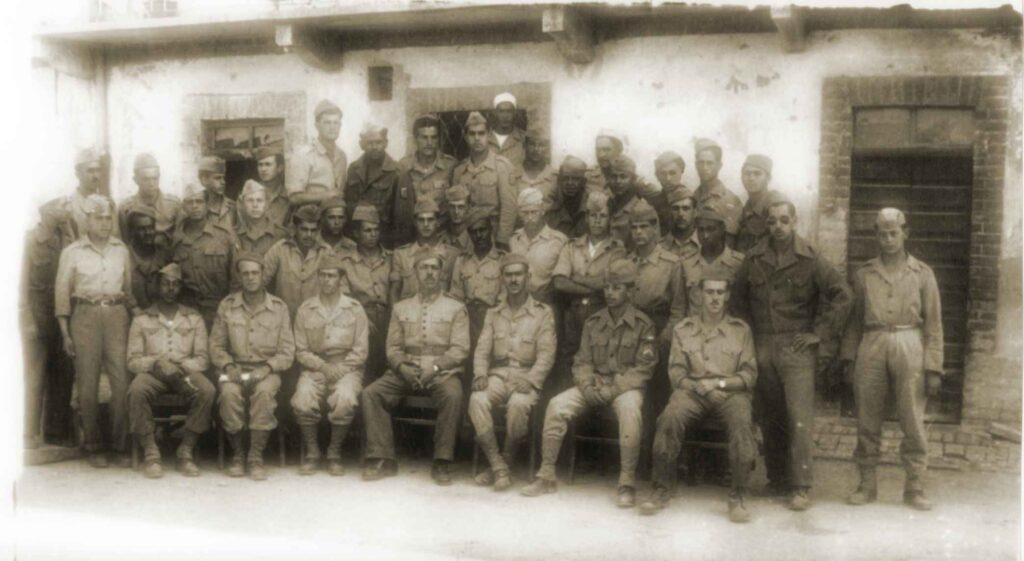
The French Expeditionary Corps
After its defeat at the hands of Germany in 1940, France found itself rapidly occupied, and was practically sidelined from the conflict. In Europe, however, resistance was alive and well, and several groups organized to hinder the Nazi forces as much as possible. France was also a major colonial power, and although some of its colonies sided with Germany and the Vichy regime in 1940, others joined the liberation forces under Generals Charles de Gaulle and Henri Giraud. Thus, between 1940 and 1944, France waged war on several fronts: at home, thanks to the Resistance, and abroad, with colonial troops.
France’s participation in the Italian campaign began in 1943, after the Allies overthrew the Vichy regime. The result of the union of the forces of General de Gaulle and General Giraud that same year, the French Expeditionary Corps of Italy was sent to the peninsula in November to support the Allied effort in the campaign. Sending the Corps was a major undertaking for France, as between 95 and 112,000 troops, led by General Alphonse Juin, were mobilized in 1944. Most of the soldiers sent were from the French colonies in North Africa: Algeria, Morocco and Tunisia. These troops were also joined by a number of French officers, in a structure typical of colonial armies. The Corps was then placed at the service of the American 5th Army.
As soon as they arrived, the troops of the French corps took part in various military operations alongside the other Allied armies. However, it was at the battle of Monte Cassino that France proved, according to historian Julie le Gac, that it had returned to the ranks of the great Allied powers. As explained above, Monte Cassino was a battle that had been bogged down for many months, and Allied losses were mounting.
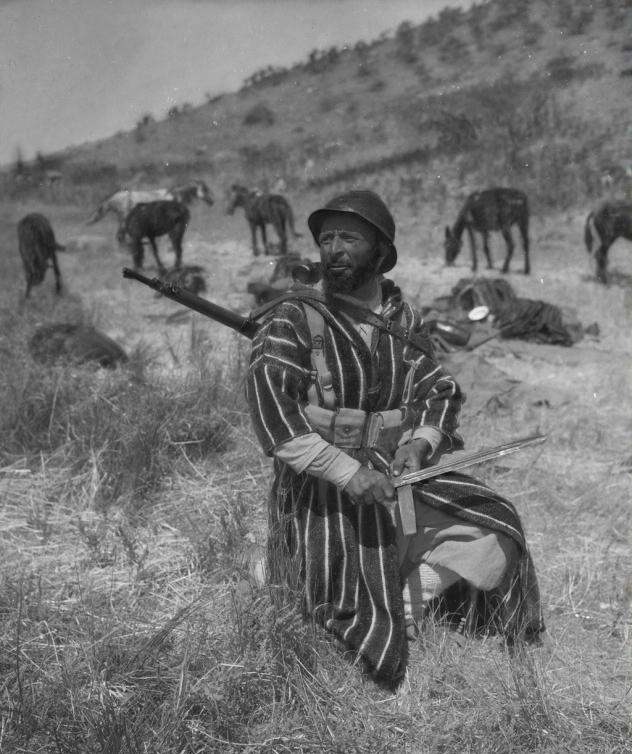
In preparation for a last-ditch effort in May 1944, General Juin persuaded the Allied General Staff to modify their strategy and give greater importance to the French Corps, so that it could surprise the Germans in an unexpected position. Juin’s plan was a success: on May 12, French and North African soldiers captured their objectives and supported British, Canadian and Indian soldiers. In fact, for two days, the colonial troops fought bravely and forced the German defenders to retreat on several fronts. The victory at Monte Cassino was not entirely due to the French army, but its contribution was certainly decisive.
Serious controversy marred French participation in the campaign, however. During operations, several units from colonial troops were accused of various abuses and agressions against civilian populations. War crimes are unfortunately a tragic consequence of war, and no army can claim to be immune from committing the worst abuses1. However, the actions committed by the soldiers of the French Corps were such as to tarnish an otherwise glorious operation. For many years, the controversies surrounding French participation in the Italian campaign overshadowed the sacrifices and successes made.

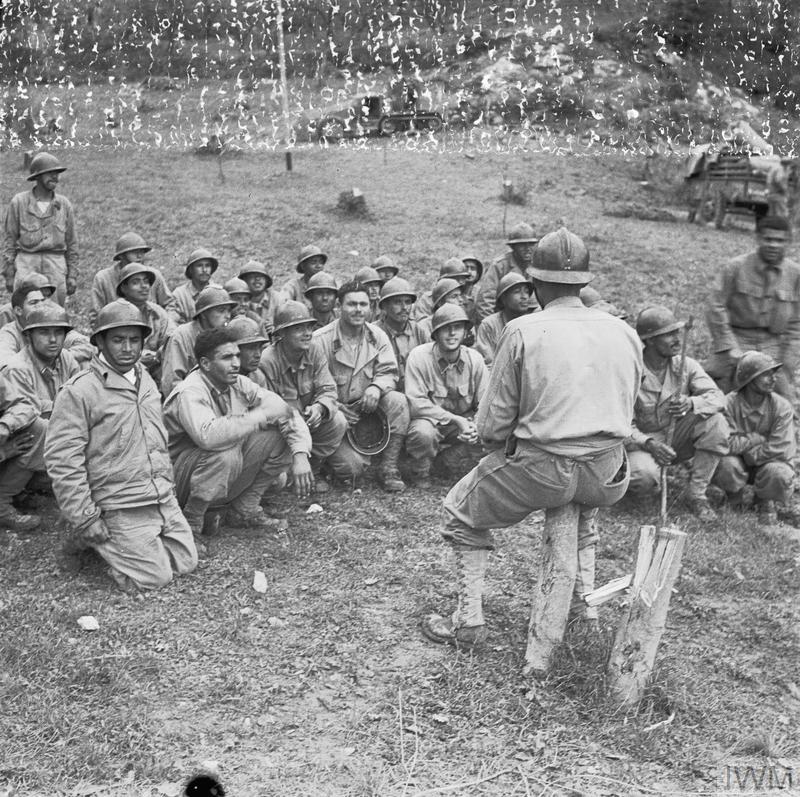
- Indeed, the Canadian Army was itself found guilty of war crimes in the destruction of the village of Friesoythe, Germany, on April 14, 1945. This attack took place after rumours circulated that a Canadian commander had been shot dead by a German civilian using a sniper rifle. In response, the Canadian Army expelled the town’s inhabitants and set fire to the houses. Although no civilians were murdered during the expulsions (although 20 deaths were recorded during the fighting the previous day), this episode nevertheless remains one of the Canadian Army’s most unfortunate during the war. ↩︎
Conclusion
For Canada and its troops, the Italian Campaign was their first opportunity in the entire war to prove themselves as an independent nation. It is clear, however, that such a desire was also present among other foreign forces. For Indian, Sikh and North-African soldiers, their service in Italy enabled them to better assert their rights – or, at least, to better fight – for their countries’ independence after the war. For Poland and France, Italy was a significant message that the humiliating defeats at the start of the war were not a sign of military incompetence. Finally, for Brazil, the campaign was an opportunity to show that it was a power equal to the western nations.
History has not always been kind to the Italian campaign. Overshadowed by the success of the Normandy and Provence landings, the efforts of one army or another in Italy have often been overlooked. Indeed, the campaign was long perceived as a secondary and unimportant front. However, a brief study of the various battles waged by the different Allied armies reveals a general determination to liberate the peninsula from Fascist and Nazi domination.
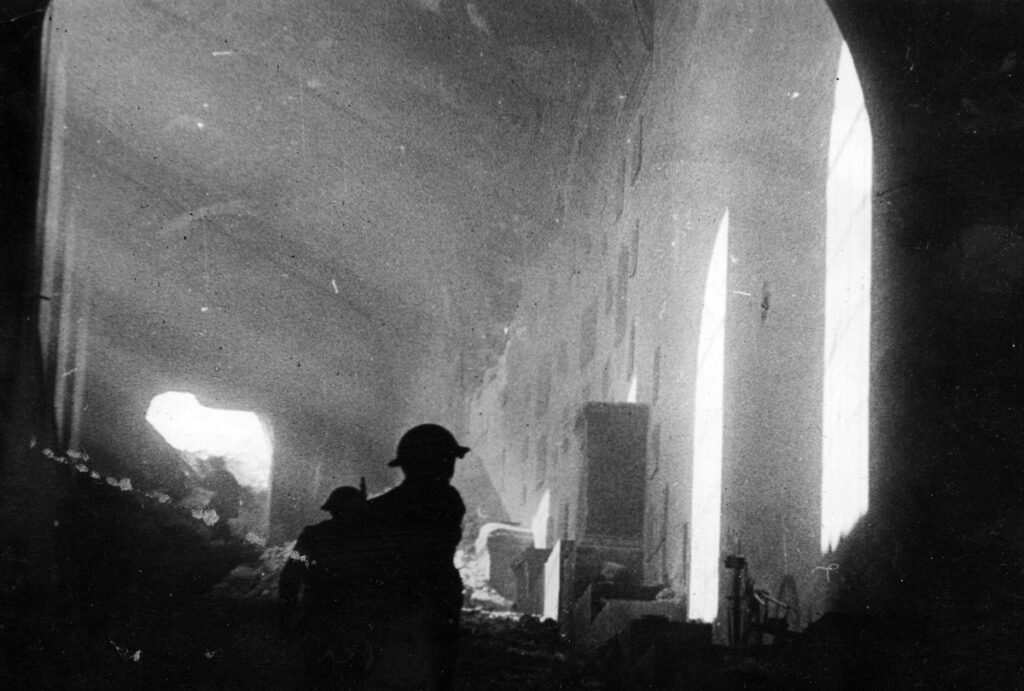
Cover photo: A patrol of the 3rd Gurkha Rifles advances over snow-covered ground near Castel Bolognese, January 23 or 24, 1945 (source: Wiki Commons).
Article written by Julien Lehoux for Je Me Souviens.
Sources:
- “Free French Divisions“, Stone & Stone.
- “Italy 1943 – 1945: Indian Divisions“, British Military History.
- “The battles of Monte Cassino and Belvedere“, Monte Cassino Belvedere.
- “The Brazilian Expeditionary Force in the Battle of Monte Castello“, gov.br.
- “The Italian Campaign after Salerno“, The Royal Hampshire Regiment.
- “The Masters of Monte Cassino“, Historical Eye.
- “The Polish II Corps in Italy“, Warfare History Network.
- “War and Chapati: The Role of Indian Soldiers in Italy during WWII“, Global History Dialogues.
For a more academic approach:
- Julie Le Gac, “Le corps expéditionnaire français en Italie : un sacrifice inutile”, Jean Lopez & Olivier Wieviorka (dir.), Les mythes de la Seconde Guerre mondiale, Tome 1, Paris, Perrin, 2018 [2015], pp. 277-290. To learn more, we also recommend her book Vaincre sans gloire – le corps expéditionnaire français en Italie (2013) (in french).
This article was published as part of our exhibition on the Italian Campaign: Through Vines and Mines. Visit our exhibition to learn more about the history of the Canadian who participated in the Italian Campaign!
